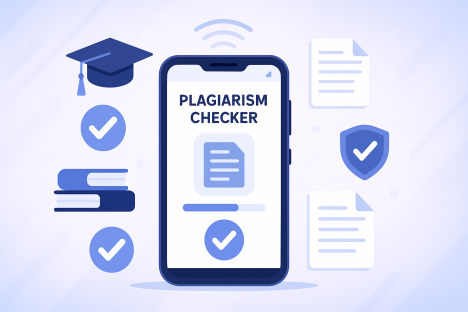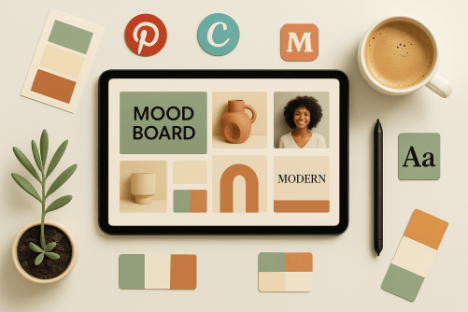Apple’s WWDC 2025 keynote has once again set the tech world abuzz with a wave of major announcements that promise to reshape how we interact with our devices. From a stunning new design language dubbed Liquid Glass to powerful enhancements in iOS 26, Apple Intelligence, and iPad multitasking, this year’s event highlights Apple’s relentless push toward seamless integration, smarter AI, and elevated user experiences.
Whether you’re a developer, a tech enthusiast, or an early adopter, these updates signal exciting shifts in Apple’s ecosystem and the broader tech landscape.
Introducing Liquid Glass: A New Era of Interface Design
One of the most visually striking announcements is the Liquid Glass design interface, Apple’s most ambitious UI overhaul since iOS 7. This new design language brings:
- Translucent, glass-like materials that dynamically adapt to light and dark modes.
- Real-time rendering effects that simulate reflections and depth, inspired by visionOS.
- Consistent design across iPhone, iPad, Mac, Apple Watch, and Apple Vision Pro.
- Multi-layered app icons and controls that morph fluidly as you navigate.

This fresh aesthetic not only modernizes the look and feel of Apple’s software but also aligns UI elements with the sleek, rounded hardware of current Apple devices, creating a more cohesive and immersive experience.
iOS 26: Smarter, More Intuitive, and Social
iOS 26 builds on the Liquid Glass foundation with a host of new features designed to enhance productivity and communication:
- Redesigned Phone app with a unified view combining favorites, recent calls, and voicemails.
- Messages upgrades including custom backgrounds, group chat polls, typing indicators, and integrated Apple Cash transfers.
- Apple Games app, a dedicated hub for gaming that unifies App Store titles, Apple Arcade, and social gaming features.
- Apple Maps enhancements with AI-powered route suggestions and Visited Places tracking.
- Apple Music’s live lyric translation and pronunciation features.
These improvements reflect Apple’s focus on making everyday interactions more fluid, social, and personalized.
Apple Intelligence: Smarter AI, Privacy-First Translation, and Developer Access

Apple’s AI capabilities received a significant boost with the introduction of:
- Live Translation across Messages, FaceTime, and Phone, enabling real-time multilingual conversations without requiring both parties to use Apple devices.
- On-device processing ensures privacy and offline functionality.
- A new Foundation Models framework that allows developers to integrate Apple’s AI models into their apps with minimal code.
- AI-powered features like Visual Intelligence for event recognition, AI-driven workout coaching on Apple Watch, and intelligent package tracking in Wallet.
By opening up these powerful AI tools to developers, Apple is fostering a new wave of intelligent apps while maintaining its commitment to user privacy.
iPadOS 26: Multitasking Reimagined for Power Users
Perhaps the most transformative update is the overhaul of iPad multitasking, which finally brings the iPad closer to a true desktop experience:
- Freeform windowing system with resizable, movable app windows.
- Familiar red, amber, and green window controls for closing, minimizing, and full-screening.
- Expose view to see all open windows at once.
- Mac-style menu bar and traditional arrow pointer for precision.
- Seamless compatibility with external displays.

This update addresses long-standing frustrations with iPad multitasking and positions the iPad as a serious productivity device without sacrificing its touch-first nature.
What These Updates Mean for Users and the Industry
Apple’s WWDC 2025 announcements signal a broader trend toward blurring the lines between devices, with design, AI, and multitasking innovations that enhance continuity and user empowerment. For consumers, this means more intuitive, beautiful, and intelligent interactions across Apple’s ecosystem. Developers gain access to powerful AI frameworks that can drive innovation without compromising privacy.
From an industry perspective, Apple’s focus on on-device AI and seamless design integration sets a high bar for competitors, pushing the future of personal computing toward more immersive, context-aware, and privacy-respecting experiences.
Conclusion: The Future Looks Fluid, Intelligent, and Connected
WWDC 2025 has laid the groundwork for a new chapter in Apple’s evolution—one where Liquid Glass design, smarter AI, and desktop-class multitasking converge to redefine how we work, play, and communicate. As these updates roll out later this year, it will be fascinating to see how developers harness these tools and how users adapt to this more fluid and intelligent ecosystem.
What feature are you most excited about? How do you think Apple’s new AI and multitasking capabilities will change your daily tech use? Share your thoughts and predictions in the comments below!







